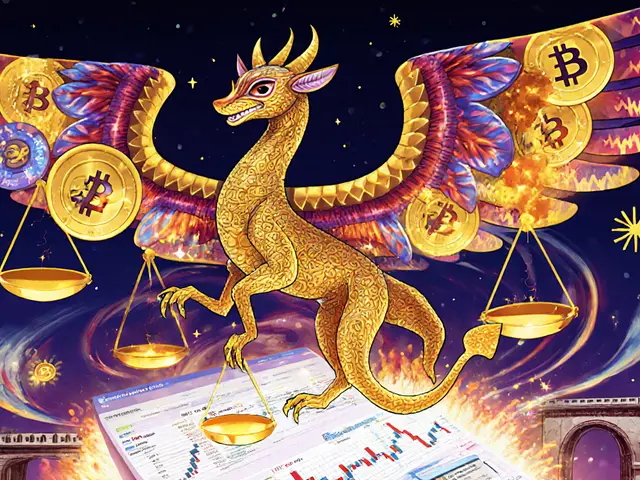Crypto Market Cycles: Understand the Patterns Behind Price Swings
When we talk about crypto market cycles, repeating patterns of price growth, peak, decline, and recovery in digital asset markets. Also known as crypto cycles, they’re not random noise—they’re driven by real events like halvings, regulation shifts, and investor psychology. Every major cryptocurrency, from Bitcoin to the smallest altcoin, moves through these phases. You can’t stop them, but you can learn to see them coming.
One key player in these cycles is the Bitcoin halving, a programmed event that cuts new Bitcoin rewards in half every four years. It’s happened in 2012, 2016, 2020, and 2024—and each time, it sparked a new bull market 6 to 18 months later. That’s not coincidence. It’s a supply shock that forces traders to revalue the asset. Around the same time, altcoin season, the period when smaller cryptocurrencies surge after Bitcoin stabilizes kicks in. Investors who waited for Bitcoin to calm down start chasing higher returns in tokens like SOL, ADA, or even obscure ones like FLY or BSL. But here’s the catch: when the bull run ends, those same altcoins often crash harder than Bitcoin. That’s because they rely on hype, not fundamentals.
These cycles don’t care if you’re new or experienced. They follow the same rhythm whether you’re watching from your phone or managing a portfolio. The bear market, a prolonged period of falling prices and low investor confidence isn’t a failure—it’s a reset. It weeds out weak projects, like Diyarbekirspor Token or veDAO, that never had real use. Meanwhile, strong ones like Ledger hardware wallets or KyberSwap Classic survive because they solve real problems. And when the next bull market, a sustained rise in prices fueled by growing demand and optimism arrives, it’s not the loudest meme coin that wins—it’s the ones with real users, real liquidity, and real security.
What you’ll find below isn’t a list of predictions. It’s a collection of real stories from past cycles: how North Korea exploited chaos during downturns, how MiCA regulations changed trading in Cyprus, why Tornado Cash got sanctioned, and how Indonesia’s rules forced traders to adapt. You’ll see how POAPs became digital proof of participation during events, how AI is now helping blockchains react faster, and why projects like Wannaswap died while others like KoinBX thrived by playing by the rules. These aren’t random posts—they’re snapshots of crypto market cycles in action. Learn from them. Don’t just ride the wave. Understand why it’s rising—and why it will fall again.










